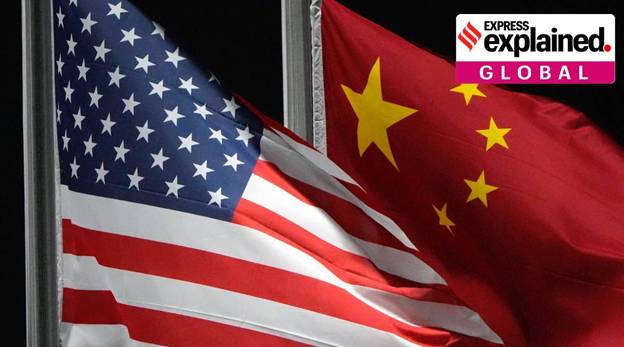FDPR

Copyright infringement not intended
Context: The foreign direct product rule, or FDPR, was first introduced in 1959 to control trading of US technologies. US officials applied it to China's advanced computing and supercomputer industry to stop it from obtaining advanced computing chips.
Details:
- It essentially says that if a product was made using American technology, the US government has the power to stop it from being sold – including products made in a foreign country.
- The rule took center stage in August 2020, when it was used against China telecom company Huawei Technologies Co Ltd .
- American officials had tried to cut off Huawei’s supply of semiconductors but found that companies were still shipping to Huawei chips made in factories outside the United States.
- Eventually, US regulators found a choke point: Almost all chip factories contain critical tools from US suppliers. So they expanded the FDPR to control trade of chips made using US technology or tools.
- That move was a blow to Huawei’s smart phone business, and US regulators used it on Russia and Belarus after the invasion of Ukraine to cut off chips.
- United States has been cautious about using the rule as it can drag foreign companies into the process and “create friction” with allies who may disagree with the application of US law.
- The new application will stop advanced chip use in Chinese supercomputers, which can be used to develop nuclear weapons and other military applications.
- The United States had already placed a number of Chinese supercomputing companies on a restricted entity list, cutting them off from buying US chips.
- But those companies started to design their own chips and seek to have them manufactured – a strategy that the US action on Friday were designed to thwart.
- The latest move would ban any semiconductor manufacturing firm that uses American tools – which most do – from selling advanced chips to China.
- They will have to develop their own manufacturing technologies, and they’ll have to develop their own processor technologies to replace the missing US or Western technologies that they’re using today. In that case, it could take China five to 10 years to catch up to today’s technology, he added.




1.png)
